The Layers of Natural
This story is part of a series exploring sustainable fashion in Bahrain.
Although synthetic materials have given us great advancements in clothing in recent years, such as gym clothes, swim suits and hiking clothes that bear all kinds of weather, we’ve forgotten that only decades ago all our clothing used to come from natural materials. Today, many of those options are resurfacing in Bahrain. Here’s an overview of some natural materials and dyes that are locally available.
Linen
At a “Preserving Craft” market held by Green Bar during Ramadhan, a couple of the vendors were showcasing clothing made of natural materials. I met Dinara, founder of Basics by Nature, who began making clothing from natural materials years ago because she found them to be more breathable and comfortable. As she pointed towards a few of her linen pieces designed and tailored in Bahrain, I asked, “What’s linen made of, anyway?”. It turns out linen is made of flax, the same plant that gives us flax seeds for breakfast. Because it’s not water or chemical or intensive during growth, it’s considered one of the most sustainable natural materials available. When linen and other natural materials are disposed of at the end of their lifecycle, they biodegrade, or break down naturally, unlike synthetic clothing.
At that same market I met Shaikha, founder of Nakhla, a clothing and accessories line using natural materials. I had heard of her weaved palm baskets that were handmade by local women in Saudi, but she had recently developed a range of linen-based clothing. She worked with a local Bahraini craftswoman to embroider the linen using a traditional Bahraini technique called Naqda, which uses metallic silver or gold to embroider the material. She mentioned that each piece took a few days at a time to complete. Each keeps this traditional technique alive and keeps local craftswomen supported for longer.
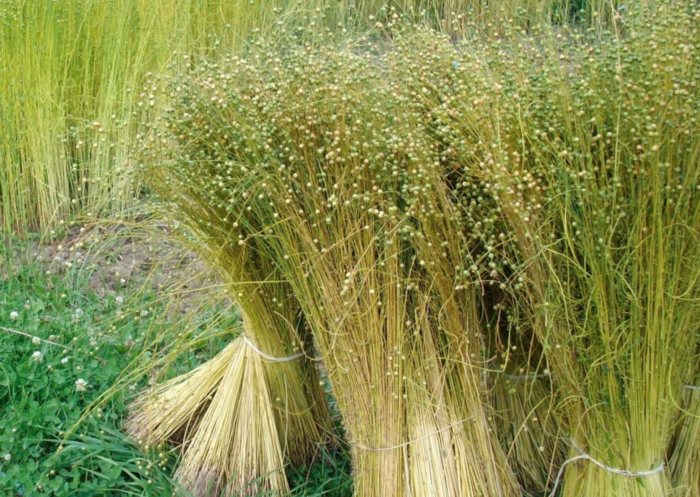
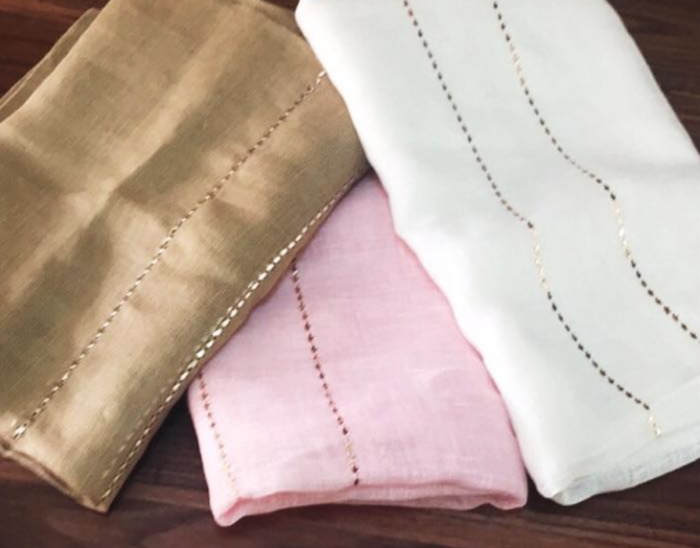
Indigo Dyes
Sustainable fashion can empower not just our own communities, but communities worldwide. Each culture has its own traditional techniques and access to its own unique local resources. Hessa, an environmental and cultural creative who develops collaborations for good under the name of Coralnacre, traveled abroad this year to collaborate on natural clothing hand printed using natural dyes. In India, she worked with craftsmen who source all-natural indigo, a plant-based dye that has been widely used in India historically. Natural dyes have the benefit of being biodegradable and safer for craftsmen and the environment when handled and disposed. The craftsmen use a traditional technique called mud block printing to press them onto the clothing by hand. The clothes are made in small batches and reflect the local cultures, traditions and crafts. These are the kinds of clothes that don’t need a tag saying where they were made.
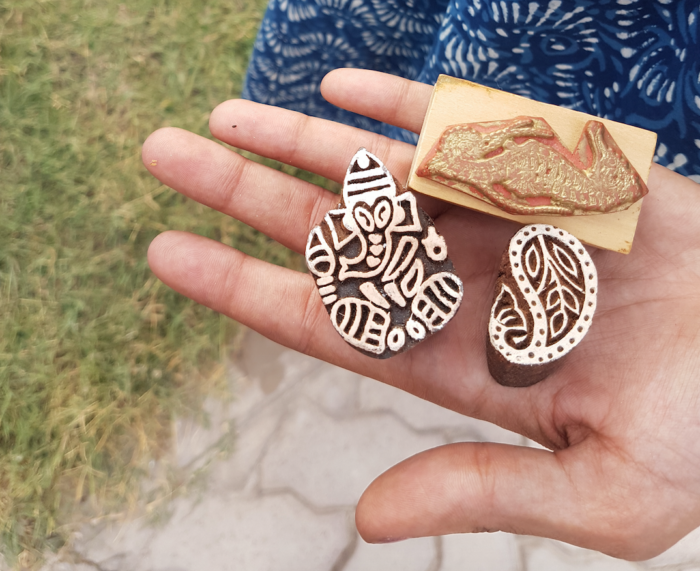
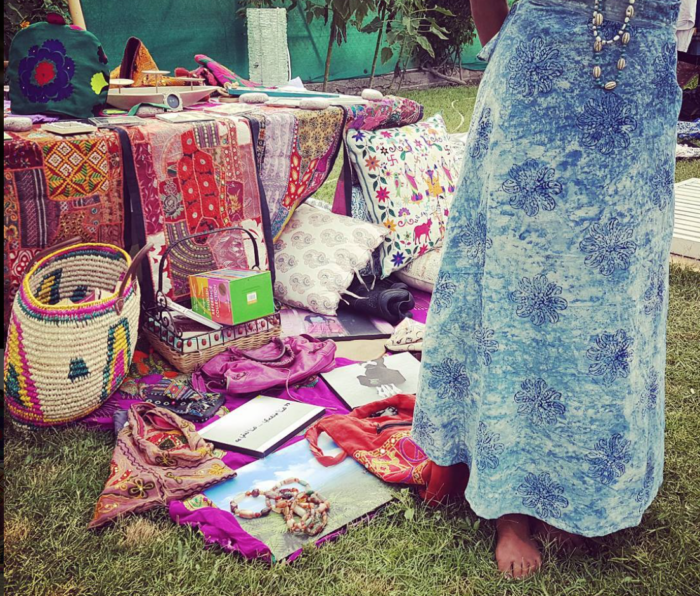
Organic Cotton
Because cotton is a major world crop and is more chemical-intensive than other natural materials, cotton that’s certified organic has great benefits. Bahrain-based Kavita, the founder of Kala Design who goes to great lengths to source sustainable and ethical textiles, sources organic cotton materials from India. The materials are dyed using plant-extract dyes, like indigo, or natural pigments like turmeric and pomegranate, which is an age-old tradition in parts of India. The textiles are hand printed by locals with designs using block printing. Kavita constantly shares photos of the craftsmen and women working on the textiles, and has an upcoming tour visit of the workshops so that she can see the artisans at work and get to know their crafts and methods. Textiles are at the base of our clothing, bedsheets, throw pillows, decorative cloths and more. When sustainable textiles are available here, they can serve as material for local designers to work with and incorporate into their own designs.
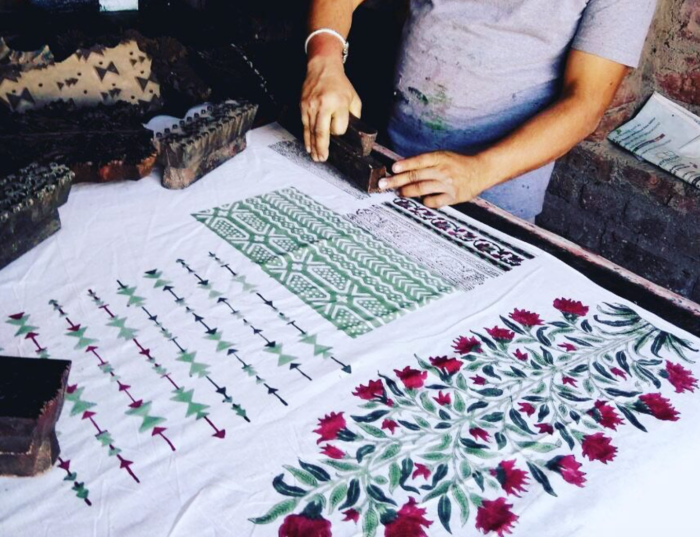
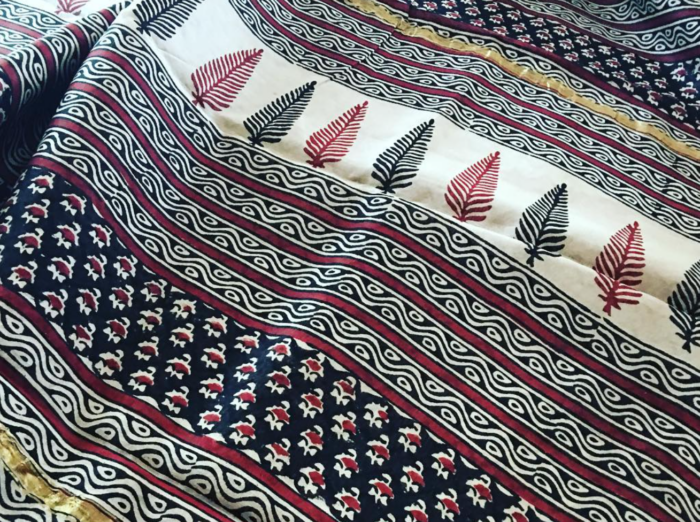
‘Khaish’ or Jute
When I recently bought a traditional dress (Jalabeya) that looked like it was made of natural material from a local shop, I asked about its material. It turned out to be locally known as ‘khaish’, a common material in traditional clothing. I found that it is also known as jute, a plant-based material that is also used in the rough reusable bags we often see but is of a finer texture. I was pleasantly surprised to find out that jute came up as highly ranked on lists of the most sustainable materials worldwide, with countless environmental benefits. It requires little resources like water, land and chemicals during growth, relies on rainfall, is biodegradable, and its growth is healthy for the soil. It was a commonly known material to earlier generations in Bahrain, and it’s great to see it coming back into fashion in the form of traditional dresses.
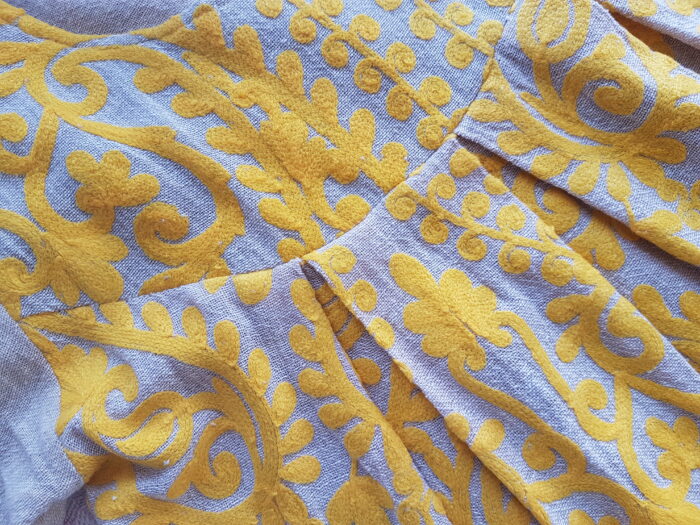
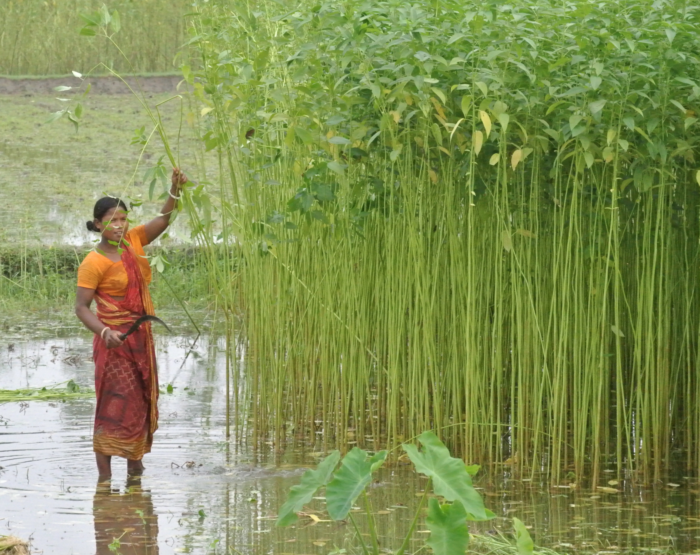
Learning about different natural materials and dyes has given me deeper respect for each piece of clothing and the process involved in making it, from harvesting plants in a field to adding the final embroidery touches. Understanding their benefits to farmers, to craftsmen and women and to the air, water and soil makes them all the more beautiful. Getting to hear the unique stories behind how they were made makes me want to be a part of keeping those traditions and that cultural diversity alive. Who knew clothes could do so much?
This article was written by Mashael Fakhro, an environmentalist with a love for sustainable and simple living.
Save





